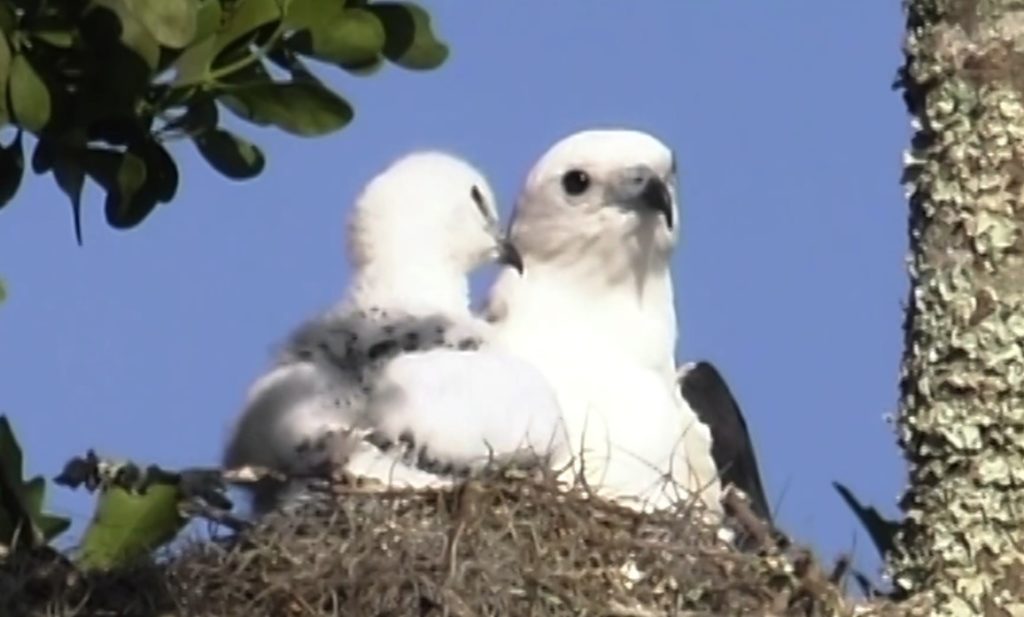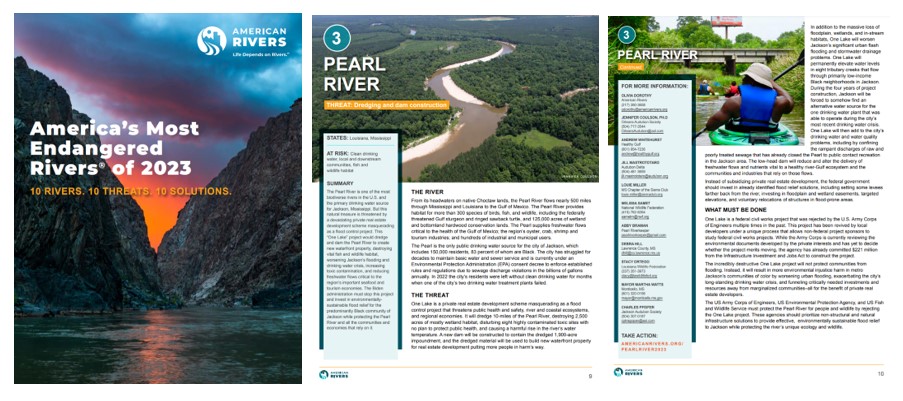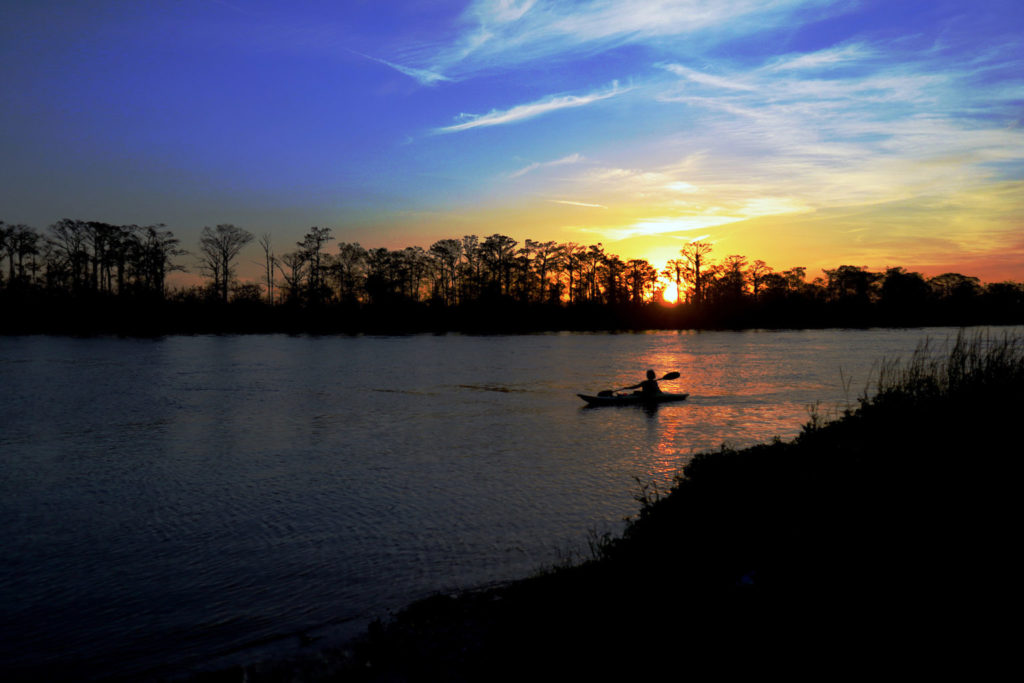Update (6/26/23): LWF has submitted comments to the Corps opposing the proposed One Lake project. See our latest blog for more info.
On May 17, 2023, The U.S. Army Corps of Engineers (Corps) announced that will hold four hybrid public meetings for the Pearl River Flood Risk Management (FRM) Project – aka the “One Lake” project – in Slidell, Louisiana, and Jackson, Mississippi, May 23-24. Two virtual only sessions will be held on June 1.
Attendees will hear from district experts and partners about proposed plans and have an opportunity to provide feedback and input. Each meeting will begin with an overview of the efforts to address flooding in the project area and then provide an opportunity for participants to provide feedback and share information.
Officials are looking to gather feedback from residents on the controversial One Lake Project, which is being proposed by the Rankin Hinds Pearl River Flood and Drainage Control District (Rankin Hinds) in Jackson, MS.
Feedback from residents will be considered and included in a draft report evaluating One Lake against other flood control options for the Jackson metro area. Upon release of a draft report this fall, the public will again have a chance to provide comments before a final report is submitted in December.
In Person
Tuesday, May 23, 2023
1-3 p.m. and 6-8 p.m.
Slidell High School Auditorium
1 Tiger Drive, Slidell, LA 70458
Toll-free telephone number: 1-844-800-2712
Meeting number and dial-in passcode: 1992 79 9046
Meetings will also be held on Wednesday, May 24, at the Mississippi Agricultural and Forestry Museum (1150 Lakeland Dr., Jackson, MS 39216) at 1pm and 6pm.
Virtual Meetings
Thursday, June 1, 2023
1-3 p.m. and 6-8 p.m.
https://usace1.webex.com/meet/thomas.r.shaw
Toll-free telephone number: 1-844-800-2712
Meeting number and dial-in passcode: 1992 79 9046
Why is this project a bad idea?
Not only is the Pearl River the primary drinking water source for Jackson, Mississippi but it is also one of the most biodiverse rivers in the U.S. This natural treasure is threatened by a devastating private real estate development scheme masquerading as a flood control project.
Dredging and damming the Pearl could destroy vital fish and wildlife habitat, worsen Jackson’s flooding and drinking water crisis, increase toxic contamination, and reduce freshwater flows critical to the region’s important seafood and tourism economies.
Real estate development? I thought this was a flood control project.
This “One Lake” project would dredge and dam the Pearl River to create new waterfront property. A new dam will be constructed to contain the dredged 1,900-acre impoundment, and the dredged material will be used to build new waterfront property for real estate development putting more people in harm’s way.
The project will dredge 10-miles of the Pearl River, destroying 2,500 acres of wetland habitat and disturbing eight highly toxic sites with no plan to protect public health. The low-head dam will reduce and alter the delivery of freshwater flows and nutrients vital to a healthy river-Gulf ecosystem and the communities and industries that rely on those flows.
Potential impacts to people and wildlife
The Pearl River is home to two endemic species (meaning they are found nowhere else in the world): the ringed sawback turtle and Pearl River map turtle. The ringed map turtle is listed as threatened under the Endangered Species Act. The dredging and snag removal woudl destroy basking and nesting sites for these species. According to the U.S. Fish & Wildlife Service (USFWS), “if the proposed reservoir is completed, it would likely result in the extirpation of the known ringed map turtle population (south of the current reservoir)”. In 2022, USFWS proposed to list the Pearl River map turtle as a threatened species.

In 2022, a 17-year old Gulf sturgeon – which is listed as a federally threatened species – was spotted in the One Lake Project areas of the Pearl River near LeFleur’s Bluff State Park in Jackson, Mississippi during a telemetry study. The sturgeon was originally tagged in 2017 by USFWS biologists in Baton Rouge.
The Pearl River provides resting and feeding areas for migratory birds that cross the Gulf of Mexico. LeFleur’s Bluff State Park has been identified as an Important Bird Area (IBA) by Audubon Mississippi. “The Pearl River is the stronghold of the swallow-tailed kite, a bird that I’ve studied for 30 years”, said Jennifer Coulson, president of Orleans Audubon Society. “These graceful birds of prey need a healthy river to survive. Swallow-tailed kites bathe and drink on the river. They feed on dragonflies and mayflies…and these aquatic insects can accumulate heavy metals and other toxins that are discharged into the river. Reduced flow caused by One Lake will increase toxin concentrations in the Pearl.”

In a 2018 comment letter, St. Tammany Parish raised concerns with low flow impacts on drinking water and wildlife habitat:
“Base flow augmentation in the Pearl River from the reservoirs should be studied to determine minimum stream baseflows needed to relieve saltwater intrusion impacts in downstream drinking water wells and coastal marshes. Any project implemented downstream of the Ross Barnett Reservoir needs to address minimum stream baseflow and structures that impede habitat and spawning should be identified and mitigations offered.”
The One Lake project poses significant, irreversible damages to the Pearl River, birds and their habitats and the ecological impacts go well beyond the immediate project footprint to include the downstream resources that lie along the 200-mile stretch of the Pearl below the proposed dam as well as Mississippi Sound, Lake Borgne, and the Gulf of Mexico.
A new dam on the river would change the hydrology of the whole system. This could result in an alteration of the freshwater and sediment flows to resources downstream, endangering fisheries, threatening oyster production, potentially jeopardizing the success of millions of dollars of coastal restoration efforts that are underway or planned in the area, and endangering thousands of acres of important bottomland hardwood and swamp forests.
The Pearl River has received the unfortunate distinction as one of American Rivers’ 2023 Most Endangered Rivers list. This is the second time the Pearl River has been listed since 2018. The biggest threat? The proposed One Lake project.

The opposition
Over a dozen downstream stakeholders have passed unanimous resolutions opposing One Lake, including both houses of the Louisiana Legislature; St. Tammany and Washington Parishes, La; Town of Pearl River, La; and the cities of Bogalusa and Slidell, La.
Furthermore, the Louisiana Oyster Task Force has identified insufficient freshwater flows from the Pearl River to coastal waters as a threat to oyster production in Louisiana and this problem will worsen as a result of the One Lake project thereby putting this component of the seafood industry in jeopardy. The Mississippi Governor’s Oyster Council identified upstream freshwater depleting project (like One Lake) as a threat to oyster recovery.
Other agencies have been critical of the project as well. The Mississippi Commission on Marine Resources also passed a resolution in opposition to damming of the Pearl River in 2015. Louisiana’s Department of Wildlife and Fisheries and the Coastal Protection and Restoration Authority have also voiced concerns over the One Lake idea.
Many environmental groups are opposed to the project as well. Just see our 2015 comment letter (linked below) for a list of over 50.
LWF has continuously opposed the “One Lake” project
2015: LWF joins 56 Groups in a letter to the Corps opposing the One Lake project
2018 (July): LWF joins 25 other concerned groups in submitting comments to the Corps and Rankin Hinds regarding NEPA (National Environmental Policy Act) compliance and a flawed public comment process.
2018 (August): LWF submits comments opposing project.
2019: LWF board of directors adopt resolution opposing project.
2022: LWF submits comments to the White House Office of Management and Budget urging the Biden administration to not support funding for the project.
2023: Pearl River named one of the nation’s Most Endangered Rivers (LWF joined other groups in nominating the Pearl)
What must be done
One Lake is a federal civil works project that was rejected by the U.S. Army Corps of Engineers multiple times in the past. You can read a more detailed history of flood control efforts for the Pearl River on the Pearl Riverkeeper website.
This project has been revived by local developers under a unique process that allows non-federal project sponsors to study federal civil works projects. While the Army Corps is currently reviewing the environmental documents developed by the private interests and has yet to decide whether the project merits moving, the agency has already committed $221 million from the Infrastructure Investment and Jobs Act to construct the project.
The US Army Corps of Engineers, US Environmental Protection Agency, and US Fish and Wildlife Service must protect the Pearl River for people and wildlife by rejecting the One Lake project. These agencies should prioritize non-structural and natural infrastructure solutions to provide effective, environmentally sustainable flood relief to Jackson while protecting the river’s unique ecology and wildlife.
We need YOUR help!
You can help us speak up against the One Lake project – take action today and show your opposition at one of the public meetings on May 23 in Slidell, May 24 in Jackson, or at the virtual hearing on June 1.



Comments are closed.